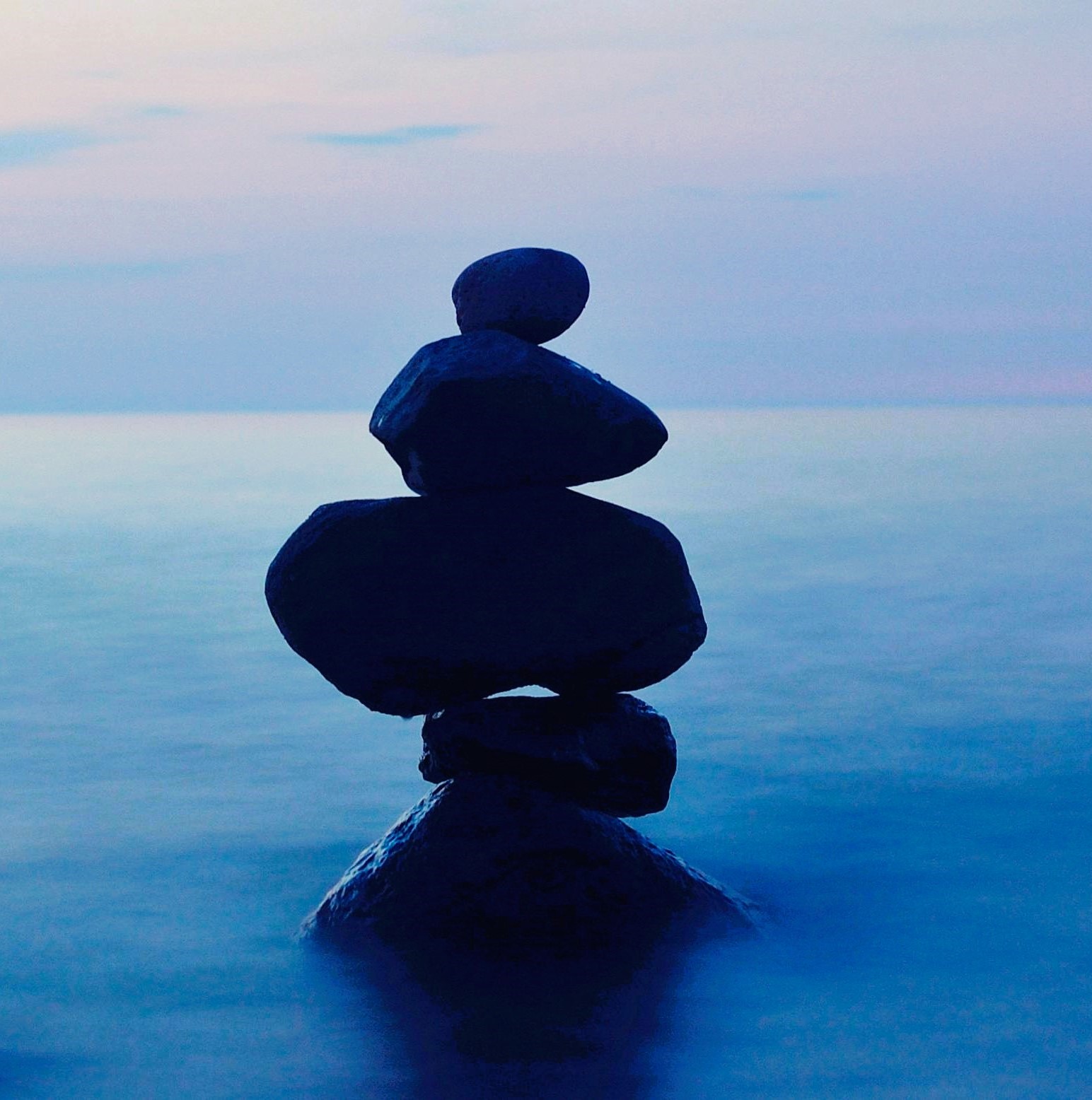The Ayurvedic Way to Inner Balance
- Meditation
- Meditation is a cornerstone of inner balance. It quiets the mind, reduces stress, and fosters a deep sense of inner calm. Start with just a few minutes a day. Find a quiet space, sit comfortably, and focus on your breath. Allow thoughts to come and go without judgment. Over time, you’ll notice a profound shift in your centeredness.
Pranayama (Breathing Exercises)
Pranayama, the practice of conscious breathing, is a powerful tool for balancing prana (life force). Techniques such as Nadi Shodhana (Alternate Nostril Breathing) cleanse the energy channels and harmonize the mind and body. Begin by sitting comfortably, closing your right nostril with your thumb, and inhaling through the left nostril. Then close the left nostril with your ring finger and exhale through the right nostril. Repeat for a few cycles.
Yoga Poses
Yoga poses not only strengthen the body but also balance the mind and spirit. Asanas like Balasana (Child’s Pose) are particularly grounding. Practicing yoga asanas regularly helps release stored tension, improves flexibility, and fosters a sense of inner equilibrium.
Daily Routine (Dinacharya)
In Ayurveda, following a daily routine that aligns with natural rhythmsis essential for maintaining balance. This includes waking up with the sunrise, practicing self-massage (Abhyanga), eating at regular times, moving your body, and getting adequate rest. Such routines create a stable foundation for physical, mental, and spiritual well-being.
Journaling
Writing down your thoughts, feelings, and experiences can be a therapeutic way to connect with your inner self. Journaling allows you to process emotions, gain clarity, and set intentions. It’s a gentle reminder to pause, reflect, and honor your journey.
Connecting with Nature
Nature has an unparalleled ability to restore balance. Spend time outdoors, whether it’s a walk in the park, gardening, or simply sitting by a tree. The natural world reminds us of the cycles of life and our place within the greater whole, fostering a sense of peace and interconnectedness.
Chanting Mantras
Sound vibrations have a profound effect on our inner state. Chanting mantras like “Om” or “So Hum” can create a sense of calm and align your energy centers. Find a quiet space, close your eyes, and chant softly. Feel the vibrations resonate within you, bringing harmony and peace. Primordial Mantra sound (specific sound connected to the placement of the Moon at the time of birth) or Mantra for a specific deity (i.e., Ganesha mantra, Gayatri mantra) can be particularly powerful.
Practicing Gratitude
Cultivating gratitude shifts our focus from what’s lacking to the abundance in our lives. Start a gratitude journal and write down three things you are grateful for each day. This simple practice can transform your perspective and enhance your overall sense of well-being.
Creative Channels
Engaging in creative activities such as painting, dancing, or playing a musical instrument can be deeply therapeutic. These activities allow you to express yourself, release pent-up emotions, and find joy in the present moment.
Acts of Service
Volunteer or help others to cultivate gratitude and shift focus from self to collective well-being.
Remember, the path to inner balance is a personal and ongoing journey. There will be moments of imbalance and times when you feel disconnected. This is natural. What’s important is to approach yourself with compassion and patience. Allow yourself the space to grow and evolve, and trust that each step you take brings you closer to a harmonious state of being.
Embrace these spiritual practices as part of your daily life, and witness the profound transformation they bring. As you cultivate inner balance, you’ll find a deeper connection to yourself and the world around you, navigating life with a newfound sense of peace and purpose.
May your journey be filled with light, love, and balance.
Namaste.





